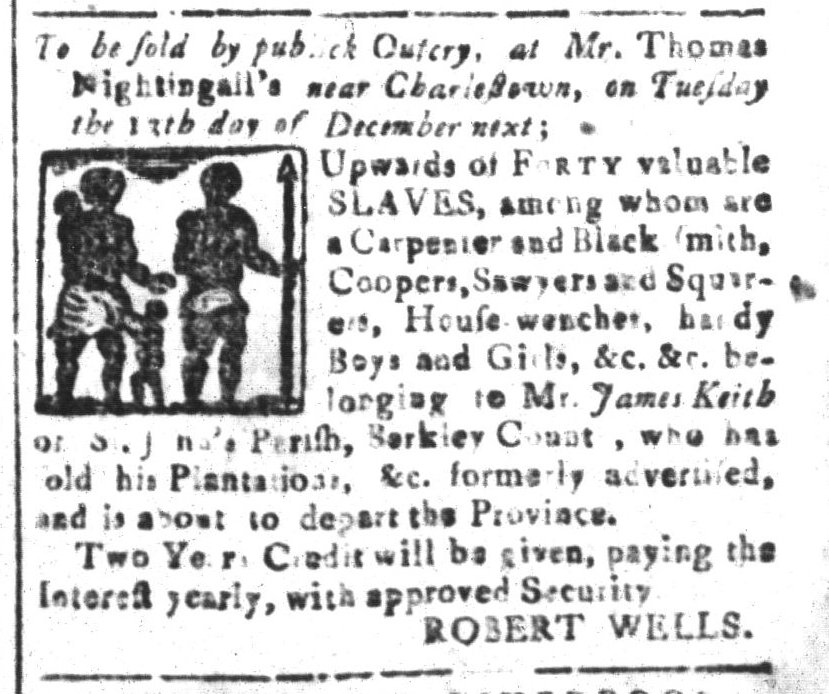How Newspaper Ads Helped Perpetuate Slavery in Colonial America
The newspaper business in America profited from advertisements of enslaved people.


Healthy Negro Lad. About Seventeen years of age. To be sold. Esquire of the printers.
SUKEY HAMILTON, cook to the late Governor, with her youngest daughter, 7 years old, will be sold before Mr. Hay’s door on Thursday the 15th December next. Credit will be allowed for six months, bond and proper security being given.
These were the kinds of advertisements you found in newspapers across the young nation hundreds of years ago.
And the profit from these slave advertisements were not just shared between buyer and seller. They were also pumping money into the pockets of the publications that ran them, and their owners.
The idea that newspapers and other periodicals, some of which survive today, helped build their financial infrastructures on the backs of slave advertisements is not widely discussed, or even known.
But for Dr. Carl Keyes, an associate professor of history at Assumption College in Massachusetts, these advertisements have become the focus of an important project.
The Adverts 250 Project brings attention to the ways in which early American journalism was supported by the sale of human chattel. Each day, his project “remembers” an ad that ran 250 years ago – some about slaves for sale, some about slaves for recapture.
It happened in newspapers in the south. And it happened in newspapers in the north.
And Keyes’ project asks us all to contemplate what that history means today.
Listen to Prof. Keyes on Detroit Today with host Stephen Henderson. Click on the audio player above.
